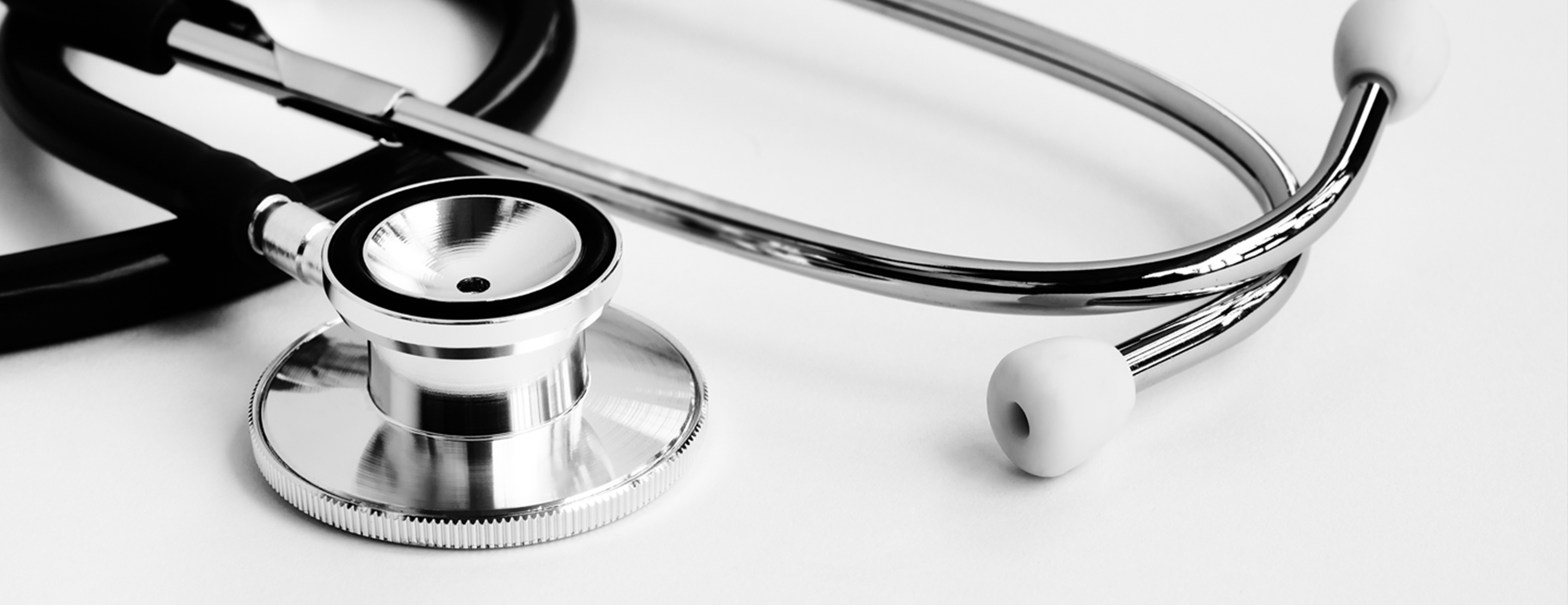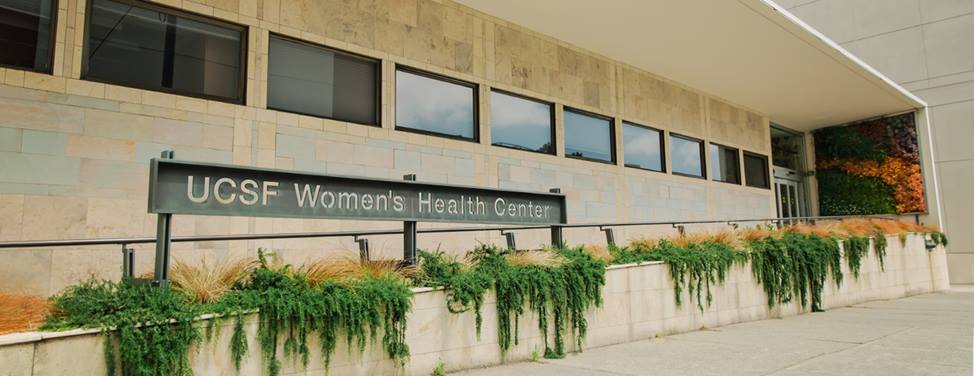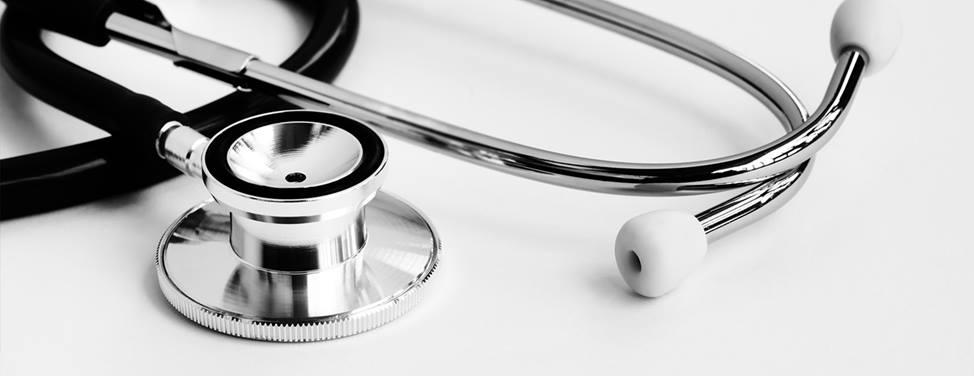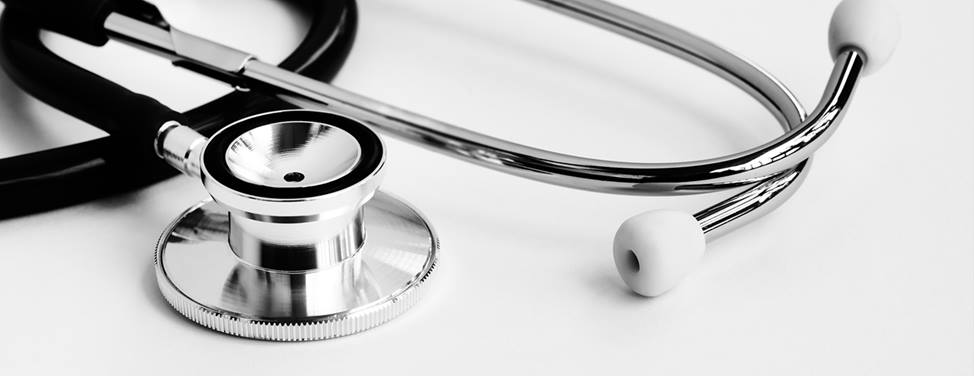Surgical abortion, also known as suction aspiration abortion, can be performed in a one-day procedure if less than 14 weeks have passed since the first day of your last menstrual period. The procedure is done in the doctor's office with local anesthesia and oral pain-relieving medications.

Surgical Abortion (First Trimester)
You will be in a private room during your health education session, exam, procedure and recovery. The entire visit will take around three hours if you are less than 12 weeks pregnant. If you are 12 to 14 weeks pregnant, your visit will last five to six hours. In either case, you will need to arrange for someone to drive you home after the procedure.
Preparation
When you check in for your appointment, we will verify your insurance information, collect your co-payment if applicable and ask you to complete some forms, including a medical history. The UCSF Center for Pregnancy Options is integrated into the general Women's Health Center practice; women are not identified in the reception area as desiring pregnancy termination and there are no signs advertising our clinic. This ensures the privacy and safety of our patients and staff.
Shortly after you arrive, one of our female health educators will bring you to a private room. You will discuss and learn about pregnancy options, the abortion procedure and various birth control methods. You may remain fully dressed for this part of your appointment. The health educator will take your blood pressure, pulse and weight. If you brought a support person with you, he or she may stay with you during the health education. Since UCSF Medical Center is a teaching hospital, we may ask your permission to have a doctor-in-training listen in on the health education session, which takes around 20 to 40 minutes.
After your conversation with the health educator, you will meet the doctor. Our doctors are obstetrician-gynecologists with specialized training and interest in abortion provision and family planning. The doctor will review your medical history, perform an ultrasound exam to determine your pregnancy's gestation, and give you medications. If you are less than 12 weeks pregnant, you will receive oral pain medications, including Vicodin, Valium and ibuprofen, at this time. If you are 12 to 14 weeks pregnant, you also will receive a medication called misoprostol, which softens your cervix to make dilation easier. This portion of the visit takes about 20 minutes.
If you are less than 12 weeks pregnant, the oral medications need 45 to 60 minutes to be most effective. You will be awake, but well relaxed. You may stay in your room or wait in the reception area. We have magazines and portable stereos; you may want to bring something to read or a CD to occupy your wait time, which will be 45 to 60 minutes.
If you are 12 to 14 weeks pregnant, the misoprostol needs two to three hours to work. We will loan you a beeper so you can walk around the neighborhood or go downstairs to our café and garden area. We will page you when it is time for you to return to the clinic. When you return, we will give you oral medications, including Vicodin, Valium and ibuprofen, and ask you to wait an additional 30 to 60 minutes for those to fully relax you.
Procedure
When you are fully relaxed, the doctor, health educator and/or doctor-in-training, will ask you to undress from the waist down and put on a patient gown. Your support person can be right next to you for the whole procedure.
During the procedure, the doctor will:
1. Use a speculum to view inside your vagina
2. Clean your vagina and cervix with gauze soaked in soap
3. Apply numbing medication to your cervix
4. Dilate your cervix, the tight opening to your uterus, with thin metal rods
5. Insert a narrow flexible tube into your uterus
6. Apply gentle suction to the other end of the tube to remove all of the pregnancy tissue
Toward the end of the procedure, you may feel a cramp that feels similar to a menstrual cramp in your uterus, as it is shrinking down to its usual size.
Most of the procedure time is spent preparing your body for the procedure. The suction portion only takes about a minute and the entire procedure takes around 15 to 20 minutes.
Recovery
After the procedure, you should remain resting for a few minutes. You will probably have some cramping and spotting. We will provide you with a heat pack and a menstrual pad as well as juice and crackers. When you feel able, you may get dressed.
Your health educator will then give you instructions on how to take care of your body. The doctor will give you antibiotics and a prescription for birth control if you desire it. You will have arranged ahead of time to have someone drive you home. You should go immediately home to rest and let the medications wear off. You should be able to return to normal activities, such as work and school, the next day.
Follow-Up Visits
Unless you are experiencing complications related to the procedure, you do not need to visit our office again. We recommend that you make an appointment to see your regular doctor for an annual pap smear, physical or gynecologic exam and birth control refill requests.
UCSF Health medical specialists have reviewed this information. It is for educational purposes only and is not intended to replace the advice of your doctor or other health care provider. We encourage you to discuss any questions or concerns you may have with your provider.










